Although modern medicine has developed a number of powerful and effective drugs for the treatment of pancreatitis without diet, such treatment is less effective. In addition, treatment of mild to moderate pancreatitis may even include a nutritional correction.
Unfortunately, many patients only follow a diet while in the hospital, stop it after discharge, and take forbidden foods, indicating their recovery. As a result, it causes recurrent inflammation, which is more difficult to treat than the original.
The importance of proper nutrition in pancreatitis
Acute and chronic pancreatitis are usually treated with medication and in some cases require surgery. However, neither drug treatment nor surgery is completely effective without adjusting the patient's diet.
Regardless of the severity of the disease, every patient with pancreatitis is prescribed a diet without exception. Incompatibility leads to a second attack of the disease, which will be worse than the first.

The diet allows you to reduce the load not only on the pancreas, but on the entire gastrointestinal tract. In addition, the choice of foods in the diet aims to provide the patient's body with all the substances necessary for the regeneration of damaged organs.
In many patients, in the acute period, the disease causes so much damage to the pancreas that the patient's diet is prescribed for life. In such a situation, patients who ignore the doctor's prescriptions regarding the diet may become disabled or even die.
The conclusion is simple: diet for pancreatitis (both acute and chronic) is not only recommended, but also necessary.
Who writes the diet?
Only a doctor can prescribe certain recipes for diet and pancreatitis. At the same time, doctors in several specialties are suitable in this situation: therapists, endocrinologists, gastroenterologists and, in some cases, specialists in infectious diseases.
Self-regulation of a diet is dangerous for both health and life. It is especially dangerous for children and pregnant women to prescribe a diet for pancreatitis without consulting a doctor.
Features of the diet for acute pancreatitis
A distinctive feature of the diet for acute pancreatitis can be called a reference point in the direction of fasting. That is, in acute pancreatitis, the diet should include the softest foods for the gastrointestinal tract in general and the pancreas in particular.
In addition, doctors prescribe medication to minimize the amount of food consumed in the first week of the disease, and in the first 2-4 days of the disease can generally be prescribed complete starvation (you can only drink).
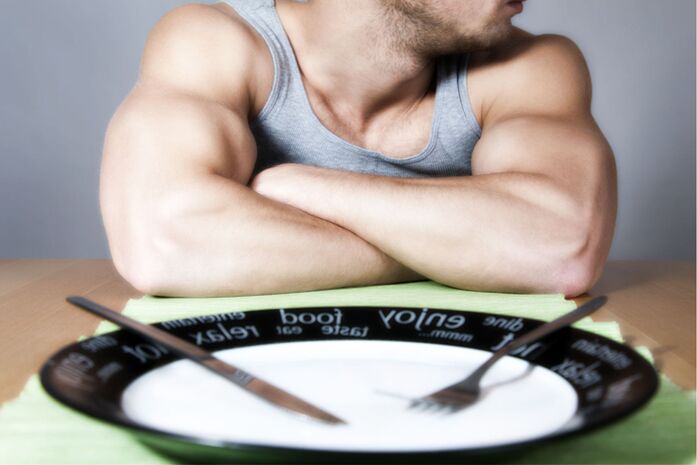
The purpose of this fairly restrictive diet is simple - to significantly reduce the stress on the pancreas. In the absence of diet in the acute stage of pancreatitis, treatment may be completely useless.
Features of the diet for chronic pancreatitis
Features of nutrition in chronic pancreatitis are that the patient restricts the use of fatty, fried, spicy and smoked foods throughout his life.
In this case, the patient is sometimes allowed to eat such food, but in small quantities. Alcohol is completely contraindicated, but most patients ignore this prescription, so doctors require the patient to drink as little and as little as possible.
Features of the diet with exacerbation of pancreatitis
With the exacerbation of pancreatitis, an extremely restrictive diet is applied, which advises to abstain from food completely in the first days of the disease. In addition, only low-fat broths, cereals (usually buckwheat) and mashed potatoes are allowed during the week.
Once the exacerbation has subsided, the patient should follow a standard diet for chronic pancreatitis. In addition, all changes in nutrition during the exacerbation of pancreatitis should be made only in consultation with your doctor. Self-administration of diet therapy is dangerous not only for health but also for life.
What is not allowed with pancreatitis?
In any type of pancreatitis, there is a fairly large list of products that are strictly prohibited (both until the end of treatment, and less often - for life).
The list of foods forbidden for pancreatitis is as follows:
- Fatty meat, fried meat (cutlets also fall here), canned food, sausages, smoked products, casserole.
- Oily fish, smoked and salted fish, any canned fish and caviar.
- Types of cottage cheese, cottage cheese (juicy cottage cheese is especially dangerous), spicy and smoked cheese.
- Scrambled eggs or scrambled eggs.
- Turnips, garlic, onions, horseradish, peppers, radishes.
- Beans, beans, mushrooms.
- Raw and unripe fruits, sour and overly sweet fruits (eg oranges, figs, grapes).
- Rolls, cakes and other sweet and / or greasy (due to cream) confectionery.
- Chocolate, ice cream, nuts.
What to eat with pancreatitis and what are the benefits?
The following foods are allowed with pancreatitis:
- cereal and vegetable soups;
- boiled meat from beef, fish, poultry;
- chicken egg omelet;
- a small amount of honey;
- various cereals;
- cooked or boiled vegetables;
- mashed potatoes;
- carrot
What to drink and what not to do?
The use of the following drinks is prohibited:
- any alcoholic beverage;
- sweet and carbonated drinks (including store juices);
- cocoa;
- coffee drinks.
The following drinks are allowed:
- kefir;
- weak black and green tea;
- rosehip decoctions;
- compote;
- yogurt milk.
Alcohol
Alcohol in pancreatitis is contraindicated in any form of the disease. Alcohol has a negative effect not only on the pancreas, but also on the adjacent organs of the abdominal cavity, which in most cases is indirectly affected by pancreatitis.
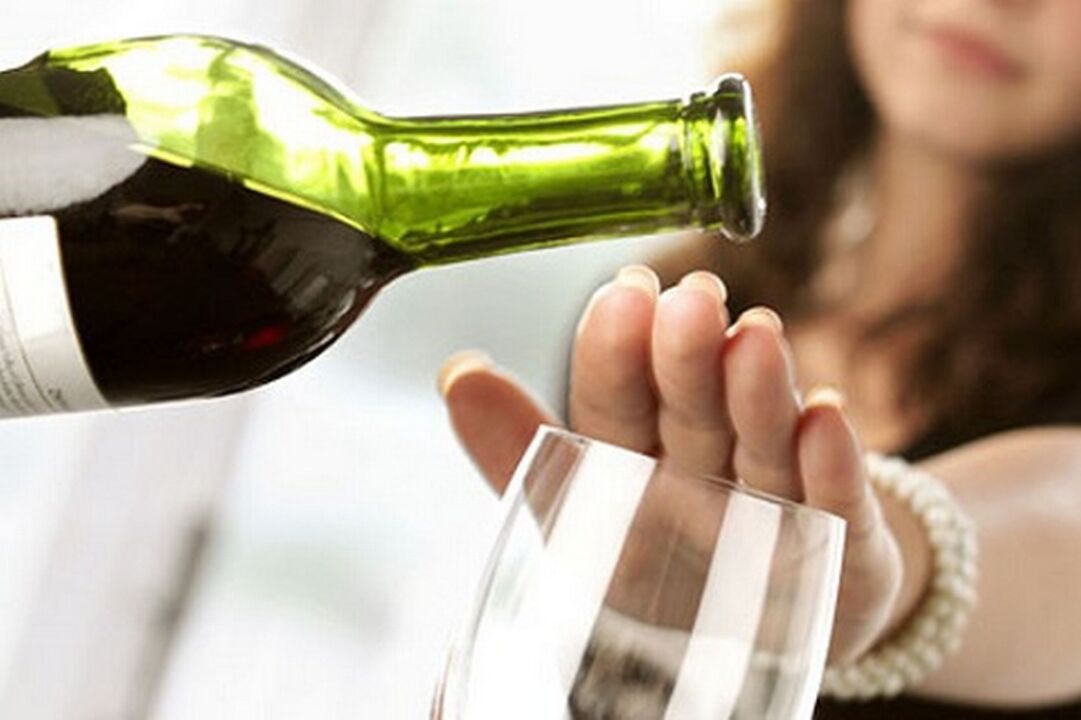
Against the background of chronic pancreatitis, alcohol consumption increases the severity of its symptoms and leads to the progression of the disease. Alcohol consumption in acute pancreatitis significantly reduces the effectiveness of treatment and increases the risk of death from pancreatic necrosis.
Sweet and honey
Honey and sweets (except chocolate) are allowed only for chronic pancreatitis. In the acute form of the disease or exacerbation of chronic pancreatitis, any sweets, including honey, should be excluded.
In addition, in chronic pancreatitis, sweets can be eaten as rarely as possible in limited quantities. The fact is that if the pancreas is damaged against the background of chronic pancreatitis, the use of sweets is a dangerous high risk for diabetes.
Dairy products
Although whole milk can be consumed, it is not recommended because it often causes diarrhea and bloating. It is recommended to consume no more than one glass of low-fat kefir, fermented baked milk and yogurt a day.
In addition, cottage cheese (up to 9% fat) and cheese (soft varieties such as mozzarella, Adyghe and feta cheese) are allowed from pancreatic dairy products. Sour cream can be eaten only one tablespoon a day, but in addition to soups.
Porridge
With this disease, only some cereals are allowed (buckwheat, semolina, rice and oatmeal). In addition, porridge can be cooked in water or milk in a ratio of only 1.
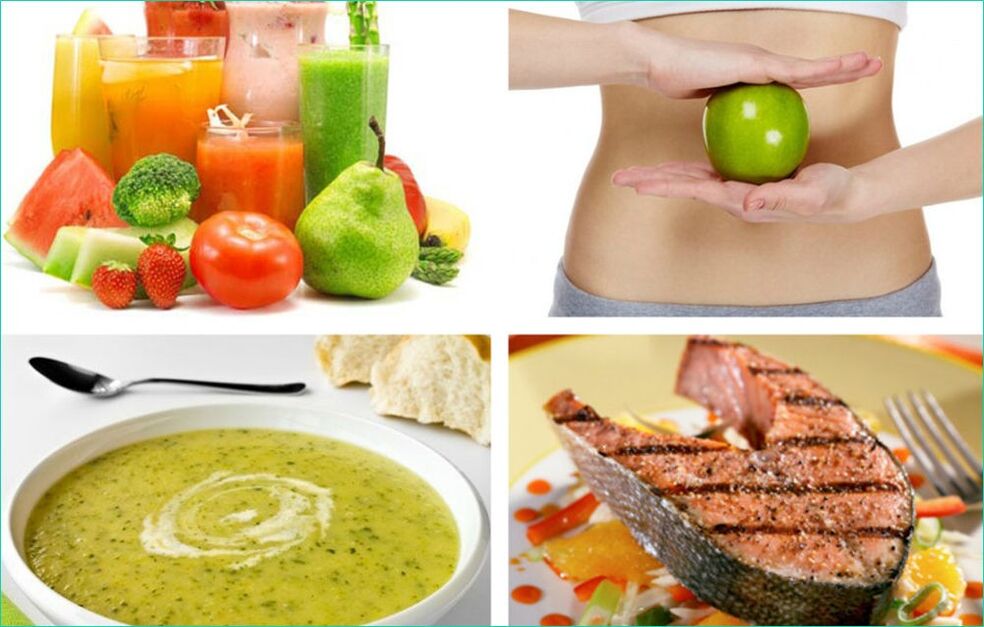
In the chronic form of the disease, corn or barley porridge can be consumed once a week. However, pearl barley and millet porridge are prohibited for any pancreatitis.
Oils
With pancreatitis, it is allowed to add a small amount of butter to meals. Vegetable and olive oil can also be added in small amounts to meals, but only for the chronic form of the disease.
Sea buckthorn oil is strictly prohibited for pancreatitis, as it irritates the stomach and creates a serious burden on the pancreas.
Baking, cookies
Even in acute pancreatitis, certain types of dough and cookies are allowed after a few days of starvation. Namely:
- white or slightly dried bread;
- unbaked and sugar-free cookies;
- biscuit biscuits.
Other baked and baked products are either prohibited or simply not recommended. Fresh baked goods are especially dangerous, which can lead to aggravation of acute pancreatitis or exacerbation of chronic pancreatitis.
Vegetables
Vegetables are allowed to eat only in boiled or cooked form, but it is better to use them in the form of mashed potatoes (mashed potatoes, stews, soups).

The following vegetables are allowed:
- potato;
- carrots;
- beets;
- pumpkin;
- cauliflower;
- green peas;
- pumpkin.
In limited quantities and only in the case of chronic pancreatitis, it is allowed to use white cabbage and tomatoes, except in exacerbations, but in boiled form.
Fruits
With pancreatitis is allowed to eat baked or in the form of compote and jelly. Fruit puree is also allowed. You can eat a limited amount of melons or watermelons.
Sour fruits (citrus fruits), including juices made from them, are completely contraindicated. It is also important to note that the use of raw fruits is prohibited for exacerbation of acute pancreatitis or chronic pancreatitis.
Dried fruits
In acute pancreatitis, dried fruits are strictly prohibited, and in the chronic form of the disease can be consumed only in the form of compote.
The fact is that dried fruits contain less fiber than fresh fruits. Fiber is contraindicated in pancreatitis.
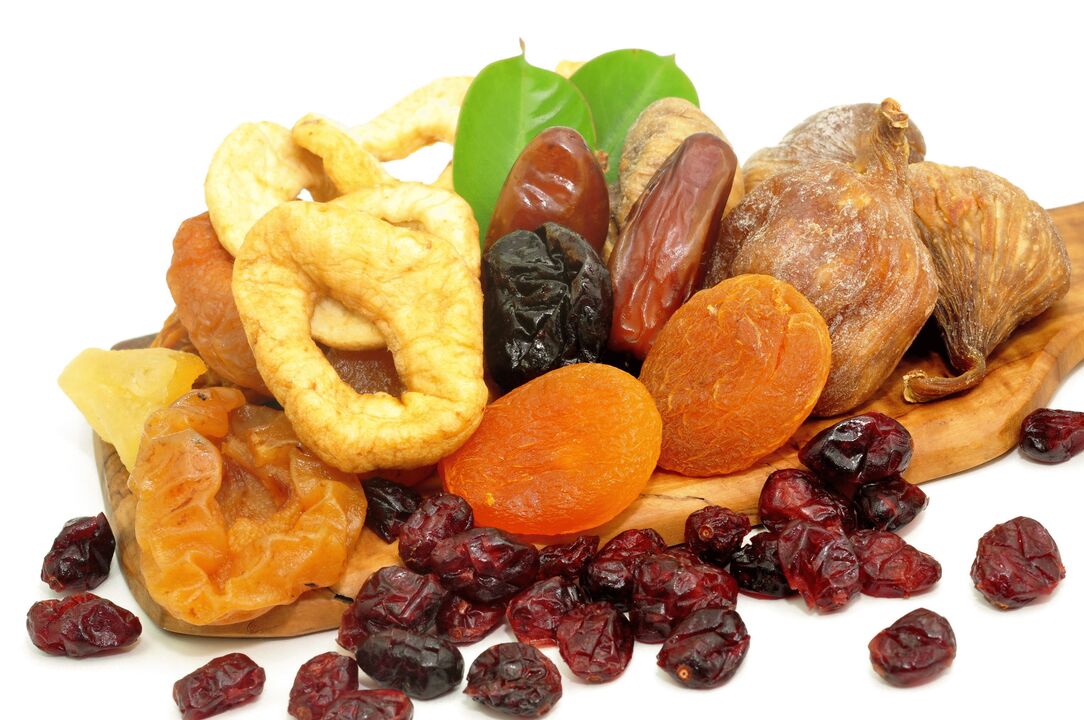
In the chronic form of the disease, dried fruits are allowed in small quantities, but there are dried fruits that are generally not used (figs, dates, raisins, dried apricots).
Hazel
Hazelnuts are a very oily product and immediately speak against their use for pancreatitis. They can be consumed only in the chronic form of the disease and only in small amounts. But here are some nuances.
Doctors prohibit the use of nuts one year after acute pancreatitis or one year after exacerbation of chronic pancreatitis.
An example of a weekly menu with pancreatitis
It is important to think: no more than 200 grams of white bread and no more than 30 grams of sugar per day is allowed. In small portions, eat only portions 6-8 times a day. It is recommended not to skip meals.
A sample menu for pancreatitis for a week is given below.
Monday
- More than 200 grams of mashed potatoes with 90-100 grams of meatballs, tea;
- Not more than 100 grams of cottage cheese;
- carrot puree soup (not more than 250 grams), a toast, compote;
- 100 grams of steamed omelet (from proteins only! );
- a glass of yogurt.
Tuesday
- 150 grams of boiled fish and 150 grams of carrot puree, tea;
- Not more than 100 grams of cottage cheese;
- 100 grams of steamed omelet;
- kefir.
Wednesday
- boiled fish with noodles (not more than 150 grams and cooked only in the oven), 150 grams of puree;
- 100 grams of cottage cheese;
- cottage cheese souffle with tea (not more than 150 grams);
- a glass of yogurt.
Thursday
- 200 grams of mashed potatoes, steamed meatballs (not more than 10 grams), milk tea;
- semolina milk soup (not more than 250 grams), fruit jelly;
- protein omelet (not more than 100 grams);
- yogurt milk.
Friday
- apple and carrot pudding (not more than 200 grams);
- Vegetable puree soup with 250 grams of compote;
- protein omelet (not more than 100 grams);
- yogurt milk.
Saturday
- meatballs (not more than 100 grams) with mashed potatoes (not more than 150 grams), tea;
- protein omelet;
- fried oatmeal with carrot puree (200 grams) (not more than 250 grams);
- yogurt milk.
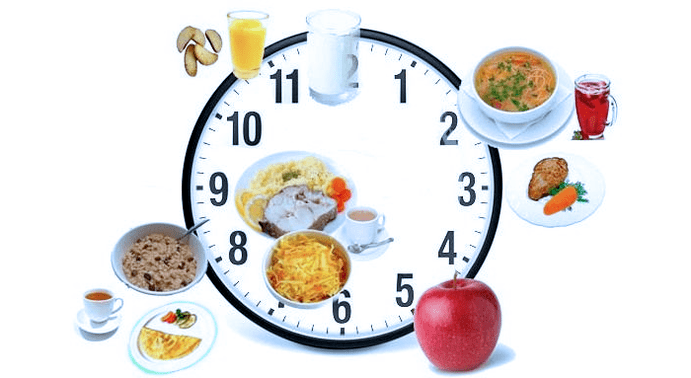
Sunday
- 160 grams of rice porridge, tea;
- 200 grams of fruit jelly, 100 grams of boiled fish;
- cottage cheese pudding with rose petals (150-200 grams) (not more than 150 grams);
- a glass of kefir.
Hunger
Fasting is very effective in acute pancreatitis or exacerbation of the chronic form of the disease. Under the conditions described, it is recommended to adhere to it for 1-3 days using only plain water during this period.
Fasting is necessary to empty both the gastrointestinal tract and especially the pancreas. It is important to note that broths, even low-fat ones, are not allowed during fasting.
















